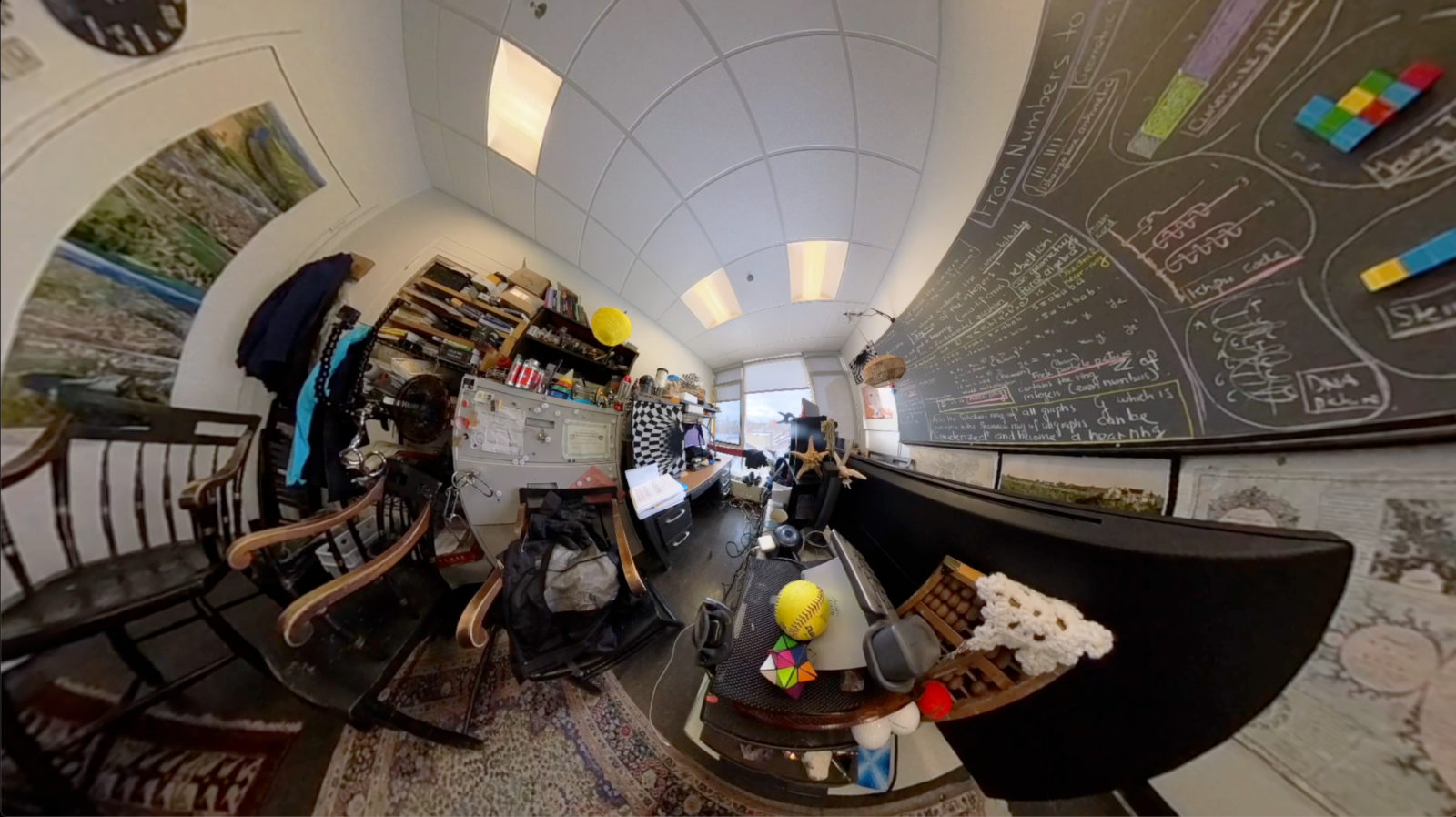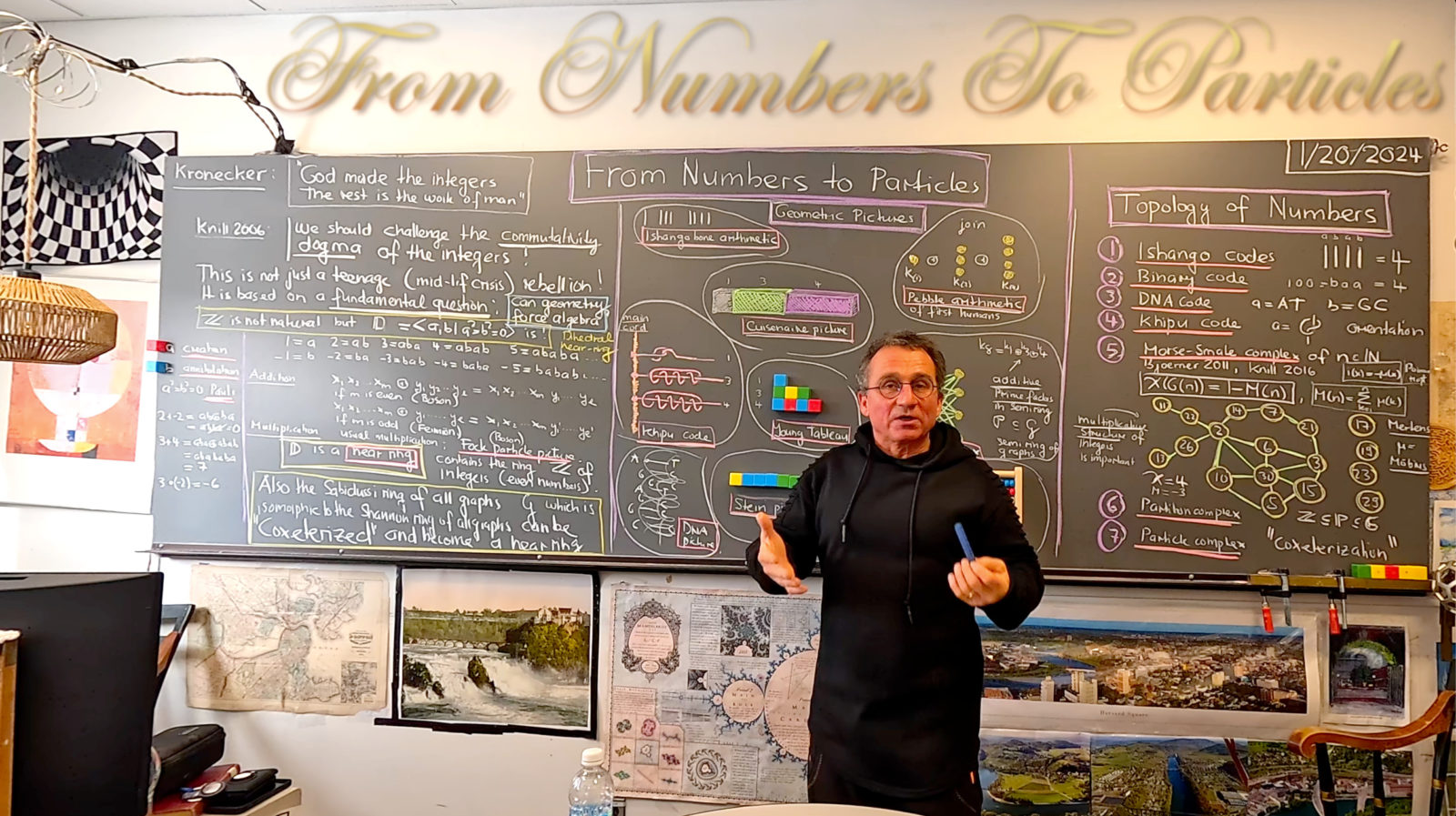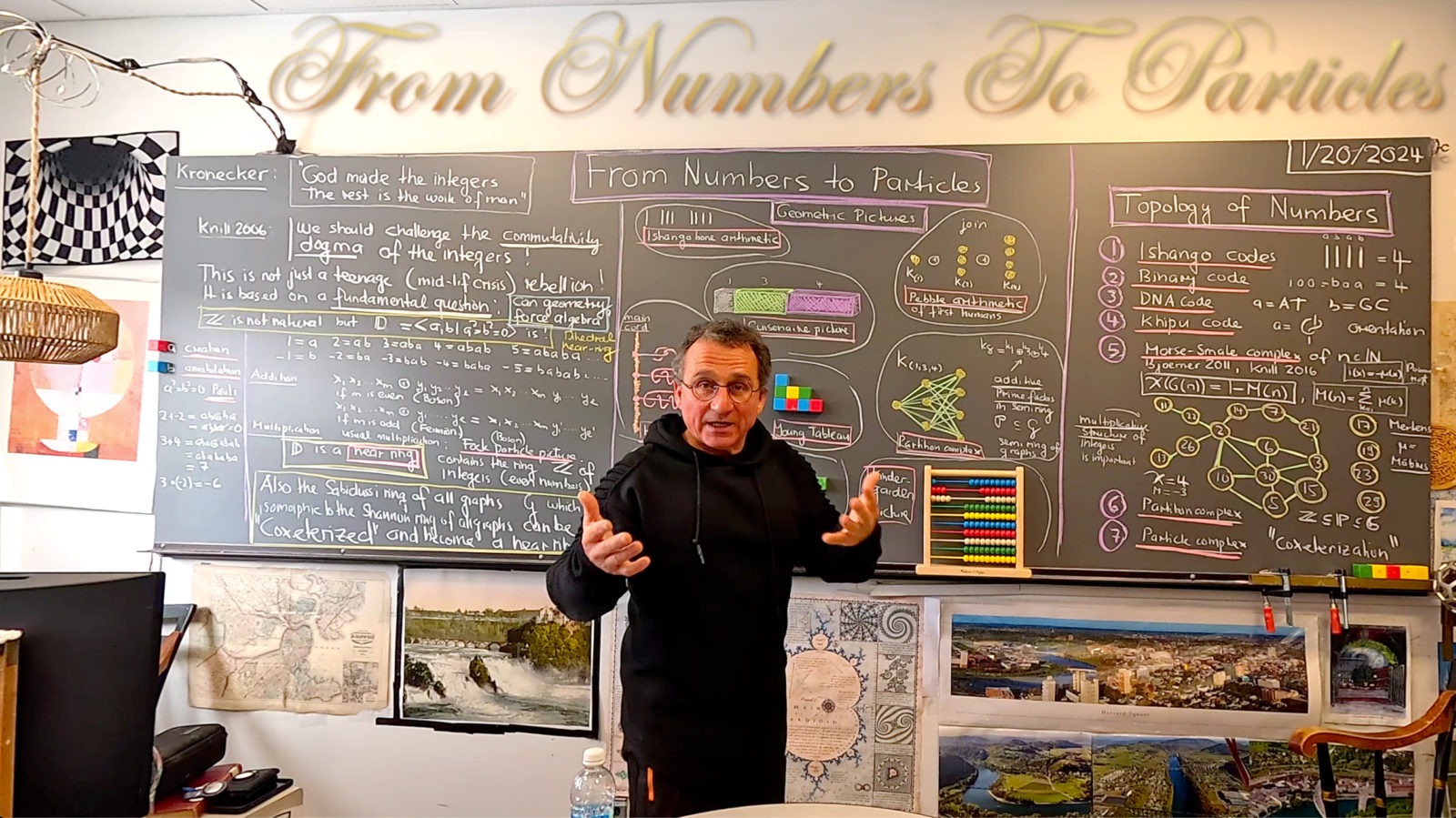A nice thing about mathematics is that it has no dogmas, statements which have to be taken on good faith. Axioms come closest, but by nature also, they come with an honest warning that one can either accept them or not. Already Euclid fought with the parallel axiom. Today it looks silly as the 19th century has shown other geometric models like hyperbolic geometry. The axioms of a geometry with constant curvature were softened by Riemannian geometry, geometry of metric spaces or geometry of topological spaces or then generalized to non-commutative geometries. Axiom systems can either make sense and have a realization as a model but then are inconsistent and can not be realized. Strong enough axioms are even known to be in a limbo in the sense that we can not decide about their consistency within the system (Goedel) . The Peano axiom system about natural numbers N is one of the systems which is at the very foundation of mathematics but already there, a formalization of a consistency proof is not possible within the system itself. One of the axioms of Peano arithmetic is that addition is commutative. Also non-standard models of the Peano axioms keep the addition commutative. What happens if we challenge this assumption? I asked myself this question in 2006 (I think I misspoke at one point and mentioned 2016, it was definitely 2006 when I first thought and wrote about it). After a health scare in 2021, I decided to write this idea down. It is available as “On Graphs, Groups and Geometry”. The challenge came about the question whether the additive group of integers is natural in the sense that there is a metric on the set such that only group structure exists for which additions and inverse operation are isometries.
The process of taking a group and replace it by a presented group with involutions as generators is a Coxeterization process. This process is rooted very much from what we learn in physics. Much physics on the quantum level is described by creation and annihilation operators. The simplest case of a coxeterization is the dihedration: the dihedation of the cyclic group is the dihedral group, the dihedration of the integers are the. Their objects can be seen as reflections: take two reflections: a is the reflection at the origin a(x) = -x and b is the reflection at 1, b(x) = 2-x. Now, ab(x) = 2+x and a b= a(2-x)=x-2. We see that the basic counting step is now replaced by two steps, a creation and annihilation process. If we reverse this,l we count backwards. This is very exciting because it the Grothendieck completion of the natural numbers is now not just a “deus ex machina postulate” but already built-in. The Grothendieck completion is something taught to us when we do the first steps in mathematics. Teachers struggle with that and have to use stories like “negative temperature” or “debt” (owing money) or motivate the step by extending the numbers so that one can solve equations like x+3=2. The fact that it is rather unnatural is reflected in the fact that historically negative numbers (or even 0) have been introduced only very late. Brahmagupta was almost a thousand years after Euclid. Mathematicians at the time of Euclid had no clue nor desire to look at negative numbers. Also in physics, the concept of anti-matter came only late and was somehow a lucky guess by Dirac (who loved beauty). Recent time has shown however that beauty can also be seductive. In any case, we can think of a as a creation operation and b as an annihilation operation. The integers are now just counting how many creation and annihilation processes we have 0 =0, a=1, ab=2, aba=3,abab=4 … and b=-1, ba=-2, bab=-3, baba=-4. The usual addition is twisted concatenation 2+3 = ababa = 5, 3+2 = aba ba. We have the usual arithmetic but the basic consitutents or generators of the structure do not commute if we take concatenation. Only when restricting the arithmetic to even numbers we get the Peano axioms. When talking about this in the past, (especially on the youtube videos), I would consider a=1/2 and ab=1 and so introduce half integers which makes the “extension nature” more clear. The infinite dihedral group is a double cover of the integers but non-commutative.
An other place, where non-commutativity comes in already at the time of Euclid is when looking at the congruence group considered at the time of Euclid. Two triangles can be considered to be congruent if one can be moved to an other by translation, rotation or reflection. Of course, this is already highly non-commutative. Even the reflection cover group of the rotations is non-commutative. If we look at the plane and compose two reflections at lines we get a rotation by twice the angle. If we compose two reflections at points we get a translation by twice the angle. Also, if we take two reflections at two parallel lines we get a translation by twice the distance of the lines. Euclidean geometry can be completely rebuilt by reflections. Max Jeger , my geometry teacher in the first year college was also a descendant of Heinz Hopf as he was a student of Stiefel and Eckmann (and Stiefel [by the way, Max Jeger was using computer demonstrations already in the 80ies, bringing his Commodore computer, demonstrating his own programs in the context of geometry]. Jeger used “Spiegelungsgeometrie” probably mostly as a pedagogical tool: you want to expose students to something they can not find so easily in textbooks and so forced them to think independently. (Jeger with his high school background had also been a didactic person at the school, similarly than Urs Kirchgraber later). But “Spiegelungsgeometrie” is natural, as it is somehow simpler. Instead of looking at rotations, translations and reflections, one can focus on reflections alone. This looks strange when we look at Euclidean space itself as the translation group in an Euclidean space is the space itself after fixing an origin. The points in space can be identified with translations from the origin to the point. Now, something amazing happens if we just make the radical leap and think about reflections at a point as “points”. it is something which goes throughout mathematics and especially was done very much by Grothendieck. Instead of objects like varieties, move to morphisms. Instead of categories, move to functors. Instead of looking “what is”, turn to “what does something”. An onthologist would say: instead of discussing “what is”, we should ask “what acts”. [In general philosophy: it is not important “Who you are” but “What you do”. We still also in life tend to look at a persons’s “titles”, “origin”, “look”, or “wealth” rather than “what a person does”. We still look at the “clothes” (and wallets) of people rather than their actions.] In mathematics, things are easier and moving from “objects” to “symmetries of objects” is natural once you got it. A bit surprising is that we can do that even for integers: instead of the integers we look at reflections at 0 and reflections at 1. Now everything is fine, we have 0 (doing nothing), translations (do an even number of reflections) and some new objects form a second copy of the integers. Already the Ishango mathematicians somehow have used this. Take the mark as a and the space between two marks as b. now you can read ababab as a number 3 and bababa as -3 where marks and spaces are switched. Grothendieck completion could have been done 20000 years ago! A physicist today sees the particle structure: 3+(-3) = ababab bababa =0, because everything annihilates. Isn’t that more natural than looking at equivalence classes of pairs (x,y) of natural numbers where two (a,b) and (x,y) are equivalent if a+y=b+x and (which is what we essentially teach to primary school students in other words) and which only sinks in if one sugar coats it with analogies like “borrowed money” or “negative temperatures” or “below sea level”. The next iteration of Grothendieck completion comes when introducing rational numbers where again we look at pairs (x,y) of integers where two (a,b) and (x,y) are equivalent if a*y=b*x. Sugar coating it here is done with sweet cake diagrams. I once listened to a professional from an education school who lectured us about teaching fractions, using all kind of pictures and analogies. I had no idea what was going on.














